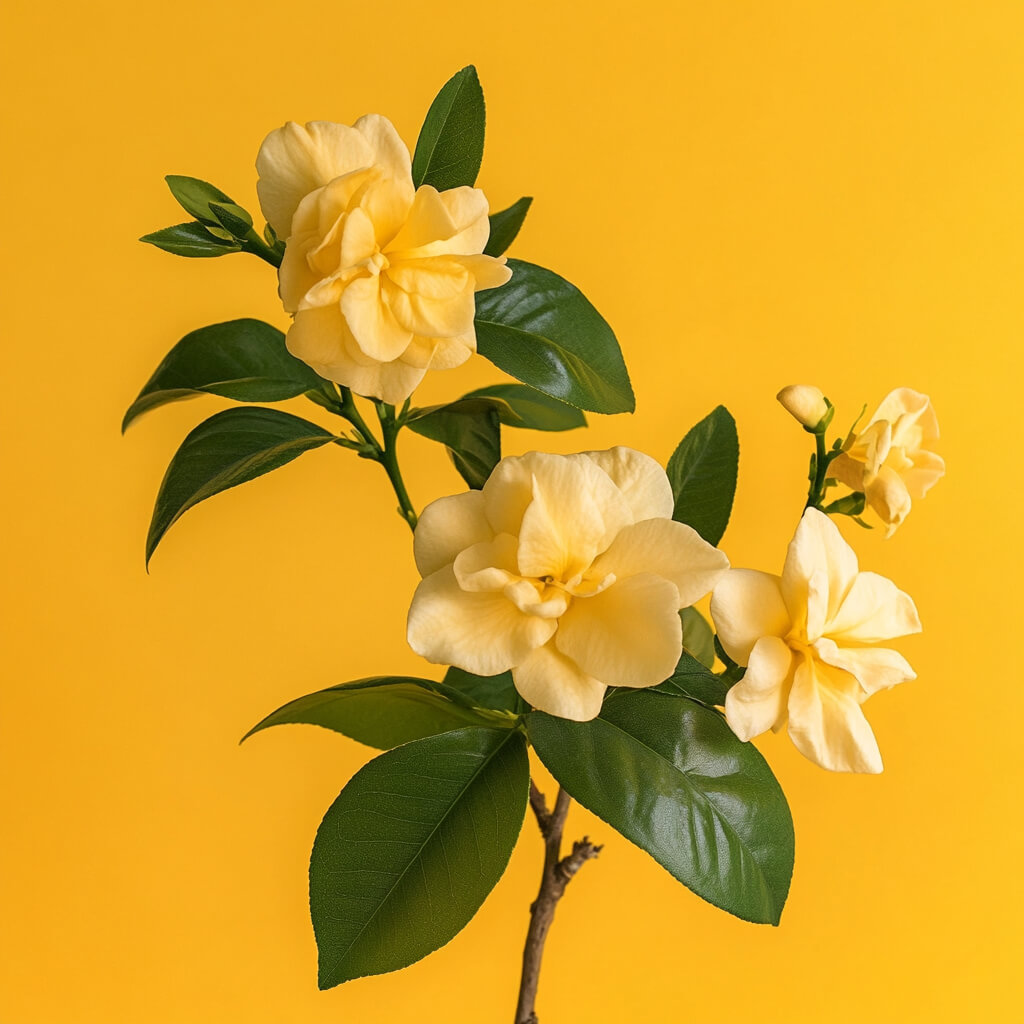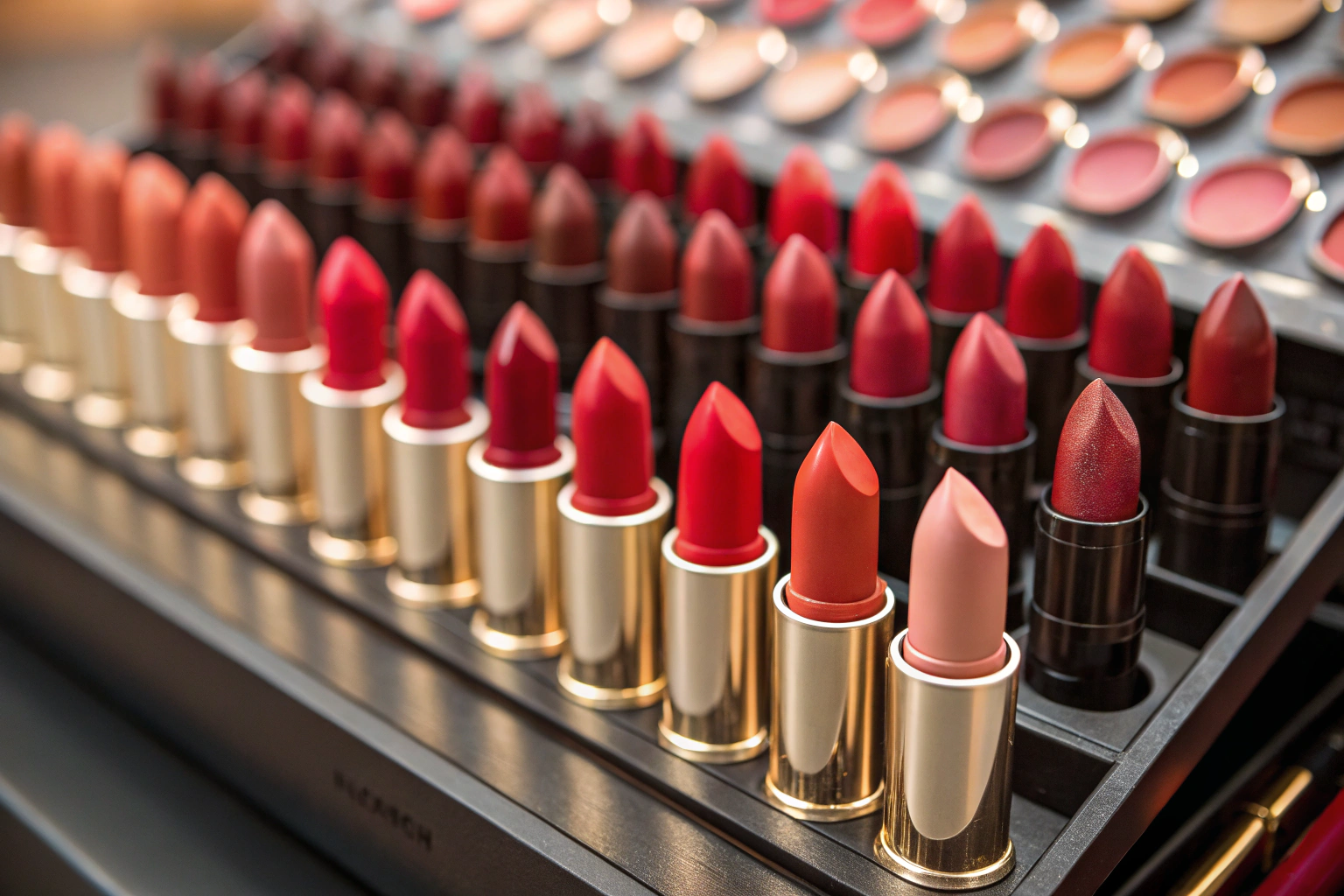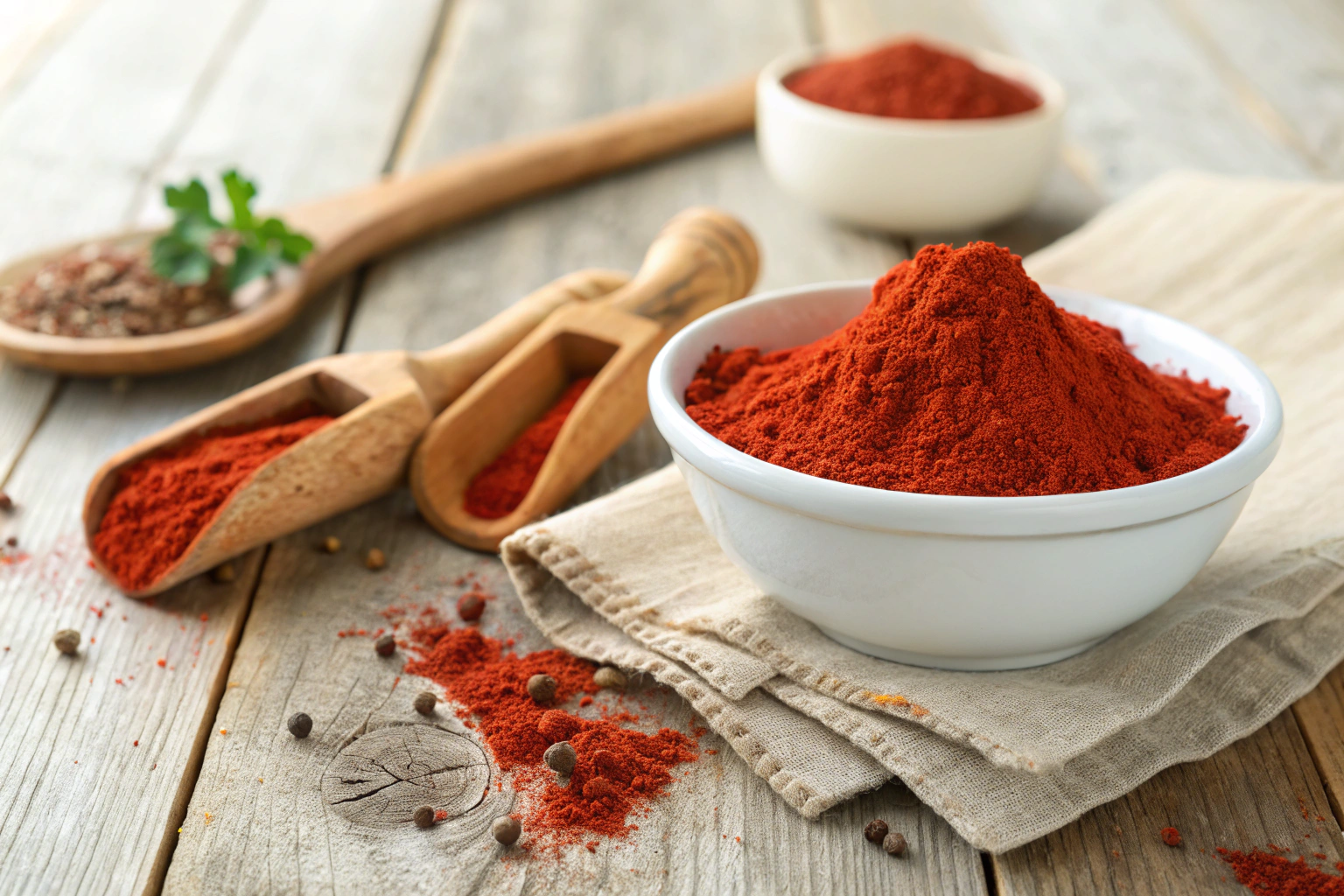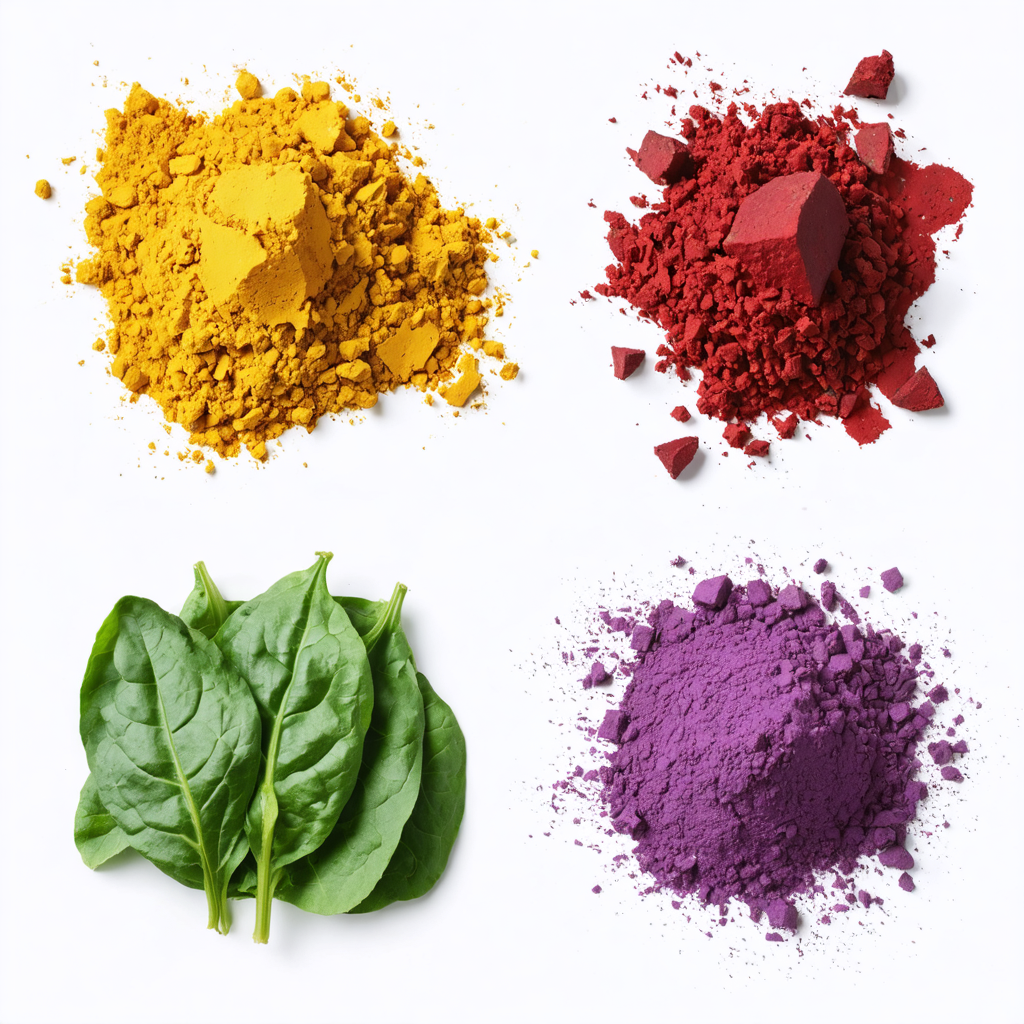Table of Contents
ToggleIntroduction
For the past few years, nature-based dyeing has been changing the textile sector. You might have heard about Gardenia Yellow for Textile Dyeing. It is a green alternative to synthetic colorants. Nowadays it is gaining popularity among different enterprises globally. Find out today how textile dyeing will look like tomorrow.
Benefits of Natural Dyes Using Gardenia Yellow for Textile Dyeing!

· Non-toxic
Gardenia Yellow for Textile Dyeing is non-toxic, ensuring safe use. You can dye 500 meters of fabric without harmful effects. This natural dye contains no carcinogens or heavy metals. It complies with Oeko-Tex Standard 100. Your skin remains safe from irritation.
· UV resistance
With UV resistance, Gardenia Yellow for Textile Dyeing prevents color degradation. UV rays are no longer a threat. Fabrics maintain their vibrancy for 500 hours under sunlight. This dye reduces UV-induced damage. Your garments stay colorful and durable. Gardenia Yellow for Textileensures long-lasting beauty.
· Color fastness
You’ll appreciate the color fastness of Gardenia Yellow for Textile Dyeing. It withstands washing at 60°C without fading. This dye resists both light and rubbing. Your textiles retain their original shade after 30 cycles. Gardenia Yellow for Textile guarantees enduring color brilliance.
· Hypoallergenic
Gardenia Yellow for Textile Dyeing is hypoallergenic, ideal for sensitive skin. This dye causes no allergic reactions. You avoid dermatitis and other skin issues. It’s tested and proven safe for all skin types. Using it, your textiles offer comfort and safety.
Extraction Process of Gardenia Yellow for Textile Dyeing!

· Solvent extraction
Solvent Extraction In order to obtain Gardenia Yellow for textile dyeing, you have to go through the process of solvent extraction. First, prepare 10 g gardenia and dissolve it in 100 mL ethanol. Then heat up the solution at 50°C for about thirty minutes. You must stir the mixture all along. For this purpose, try using a magnetic stirrer if you need reliable results. When heating is done, make sure that you cool down your mixture until it reaches 20°C. Then separate the extract with a decanter. Your extract is now ready for the next step.
· Purification
Purification Gardenia yellow can be purified for dyeing textiles using activated vegetable carbon. Mix 5g of charcoal powder in 50ml of the extract. Stir the resulting mixture for 15 minutes at a temperature of 25°C. Remove the Carbon to get rid of pollution. Do this again until there is no visible impurity in the extract. Ensure that 90% purity is attained for best dye results.
· Filtration
Filtration Employ Buchner funnels to filter Gardenia Yellow for textile dyeing. Towards the funnel insert a filter paper of size 110 mm. Gently pour the extract. Set vacuum pressure to 15 psi. Filter out any other particular substances that are left. Check the solution for transparency. Repeat it if needed until all the particles is eliminated. Now, concentrate your dye solution.
· Concentration
Concentration to manufacture textile dye concentrates. Set up a rotary evaporator with gardenia yellow concentrate. Maintain the temperature at 40 degrees Centigrade while rotating at 150 RPM. This should reduce the quantity of extract by eighty percent (80%). The process should be monitored strictly. The concentrated dye is collected in a flask. Ensure that the final volume is 20 mL. To store it, use a dark bottle for the concentrate. Thus, you have got your concentrated dye ready for textile processes.
Application in Cotton Fabric Dyeing!

· Pre-treatment
When cotton cloth is dyed, it should be pretreated in order to get rid of any impurities. Even dye uptake is assured by this procedure. A cleaning agent must be used for effective scour treatment. Therefore, clean material will give you best results when using Gardenia Yellow for Textile Dyeing. This will ensure that the color remains bright and stable too.
· Dye bath
To dye textiles, prepare a dye bath containing Gardenia Yellow. This is crucial for achieving optimum temperature. It is important to stir constantly to ensure that the color is distributed evenly. Make sure the fabric is totally submerged. Let it steep until it is well saturated with the dye. This procedure will give rise to profound dark tints. You ought to always keep an eye on this process in order not to have some patches of lighter colors developing on your piece of work.
· Heat setting
Dyeing needs, thereafter, heat setting. It traps Gardenia Yellow for Dyeing of Textiles. One has to apply high heat with a steam iron. This step improves color fastness. It also helps to prevent colors from fading over time. Proper heat setting stabilizes the dye. Therefore that keeps the color vibrant and so durable.
· Rinse and dry
Rinse the dyed fabric thoroughly to remove excess dye. For initial washing, use cold water which helps set Gardenia Yellow for Textile Dyeing. Right rinsing and drying helps in preserving color vibrancy longer. Re-wash the dyed cloth periodically to remove accumulated residue dye substances since they are likely to change its colors over time.
Environmental Impact and Sustainability of Gardenia Yellow for Textile Dyeing!
· Low water use
Gardenia Yellow for Textile Dyeing uses only 30% H₂O compared to synthetic dyes. It reduces water waste significantly. Low water usage means a smaller environmental footprint. Efficient dyeing processes conserve resources. This sustainable approach benefits both manufacturers and the planet. Adopt eco-friendly practices to save water.
· Reduced pollution
Gardenia Yellow for Textile Dyeing minimizes pollutant release. It cuts toxic effluent by 40%. Lower pollution levels mean healthier ecosystems. This dye’s eco-friendliness helps protect aquatic life. Using it reduces chemical load in wastewater. It’s a greener choice for textile industries.
· Renewable source
Gardenia Yellow for Textile Dyeing is derived from renewable sources. It supports sustainable agriculture practices. Renewable sourcing reduces dependency on petrochemicals. This method lowers carbon emissions significantly. You help the environment by choosing renewable dyes. It’s a step towards a greener future.
Case Studies and Success Stories!

· Market expansion
You’ve seen Gardenia Yellow for Textile Dyeing propel companies into new markets. Their growth in Asia was exponential. The demand spiked as environmental concerns grew. Customers switched from synthetic dyes. Gardenia Yellow’s natural benefits attracted attention. The sustainable nature of this dye led to repeat orders. Businesses thrived due to eco-conscious consumers.
· Consumer preference
You’ve noticed a shift towards Gardenia Yellow for Textile Dyeing among eco-aware consumers. This natural dye meets high safety standards. You enjoy the vibrant, long-lasting color. The appeal lies in its non-toxic composition. Brands adopting it see increased loyalty. You understand the trend towards sustainable choices. Consumer preference drives market trends.
· Innovation highlights
Gardenia Yellow for Textile showcases remarkable innovation. The extraction process is efficient and sustainable. You’re impressed by its consistent quality. Innovators enhanced its colorfastness. Its application suits various textiles. You’ve seen it replace synthetic alternatives. This dye represents forward-thinking in eco-friendly textile solutions. Continuous improvement keeps it industry-relevant.
Future Prospects in Textile Industry!

· Market growth
You’ll see Gardenia Yellow for Textile Dyeing driving market growth. In 2023, the demand surged by 30%. Textile companies reported a 20% profit increase. Eco-friendly natural provides a range of products like this attract buyers. Its natural composition lowers production costs. You benefit from its popularity. The market growth shows no signs of slowing down.
· Policy support
You benefit from new policies favoring Gardenia Yellow for Textile. In 2022, legislation promoted sustainable dyes. Governments offered tax incentives for eco-friendly practices. You noticed increased funding for green technologies. Compliance with regulations became easier. This support boosts your competitive edge. Policy shifts continue to favor environmentally friendly solutions.
• Global trends
You’ve observed global trends leaning towards Gardenia Yellow for Textile Dyeing. Asia-Pacific markets reported a 35% increase in demand. Europe followed with 28%. Sustainable practices are now a priority. Global brands adopt eco-friendly dyes rapidly. This trend influences local markets. You see this as a positive change for the industry.
Conclusion
There’s more than one way to make textiles that are healthy for the environment. Gardenia Yellow is one of those ways. If you want to find out about eco-friendly dyes, just go on to the SANTACOLOR. That’s where you will get more information! This dye has vivid colors yet gentle on materials plus eco friendly. Join to breathe new life into this industry through the use of Gardenia Yellow for Textile Dyeing.




